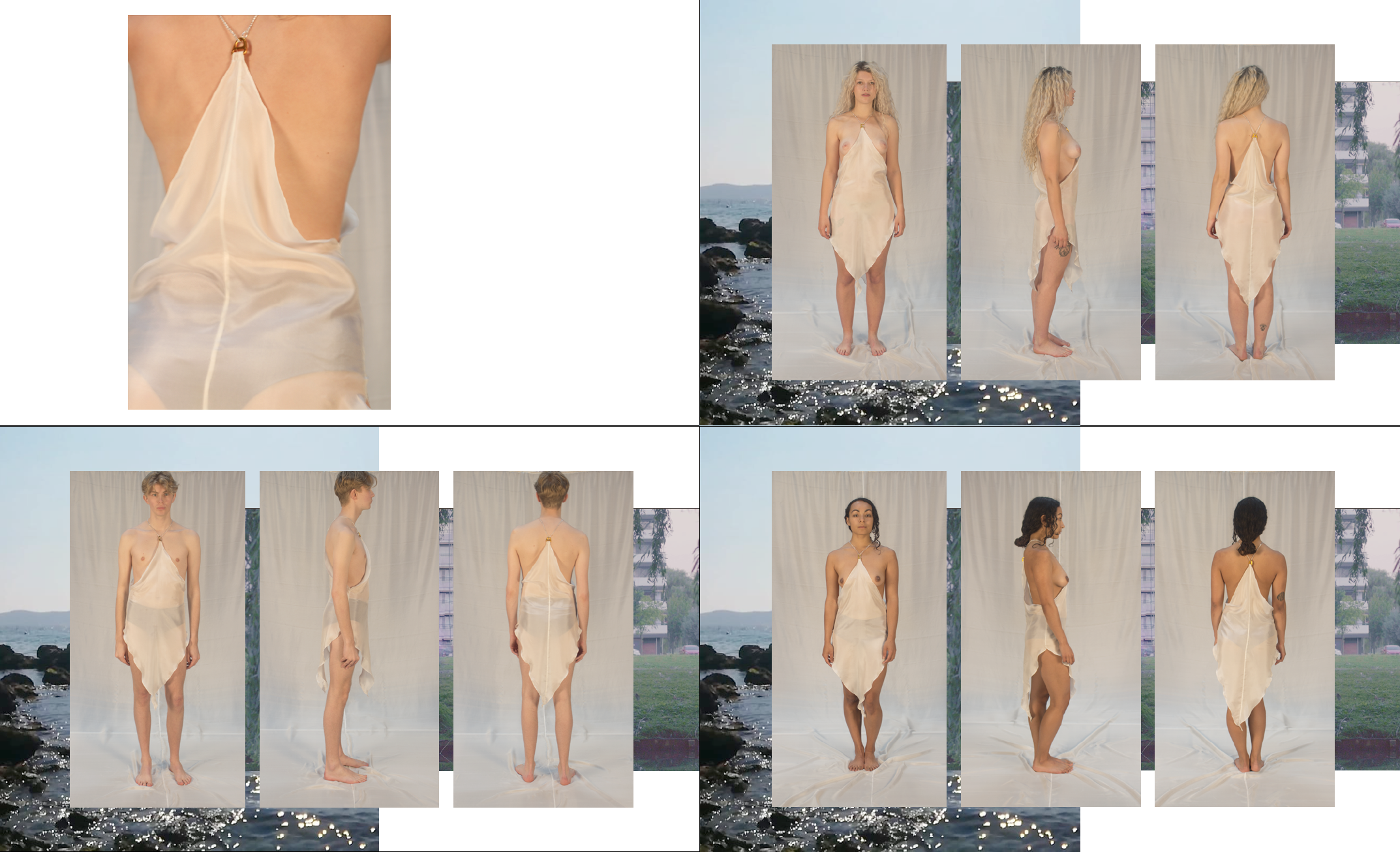


Can the deliberate choice to be vulnerable within the social construction of masculinity and femininity mobilize political resistance?
Gender norms are a complex social construct. It shapes our concept of what women and men should wear and look like, which parts of their bodies are considered offensive in public spaces.
This project researches how the deliberate choice to be vulnerable can mobilize political resistance based on Judith Butler’s theory on Vulnerability and Resistance. This vulnerability is found within the relationship of fashion, gender and the body.
I want to research through vulnerability whether dress can also be used to question gender norms. Because the moment one does not adhere to a gender norm, one becomes vulnerable to different forms of violence. This form of violence comes as your sense of what is fixed is disrupted. I aspire to make people reflect on this disruption of the normative concept of gender. Therefore, my goal is to create space for critical reflection instead of violence.
deliberately.vulnerable
Inclusivity and diversity in fashion is mainly discussed through topics as representation in models and designers, but is not included in the design process. The bodies on which we design influence the outcome. When clothing is exclusively designed on a very specific body type, different shapes and silhouettes are not taken into account. As a result, the desired fit only fits the specific body type, causing the needs of excluded body types to be marginalized.
I started to design on multiple female bodies and mannequins. The outfits are photographed on different body types and genders. Resulting in a diverse representation and visualization of every design, to visualize how varying body types influence the clothing.

As for the presentation of the collection, I consider film to be a better method. It is capable of visualizing the relation between clothing and the body through capturing movement, showing the inevitable importance of the body.
I decided to place the designs in the context of a public space. This strengthens the idea of how being vulnerable in a public space can provoke unwanted violence. Seeing exposed bodies in movement in public creates an interaction between the models vulnerability and the observer watching the film. This experience for the observer provokes questions such as why a person would deliberately choose to place itself in a public space, vulnerable for unwanted violence.
However, as I mentioned earlier, if one wants to mobilize political resistance, it is important to choose to stand behind nonviolence. The conscious choice of nonviolence denormalizes and rationalizes the unwanted violence that is being perpetrated. So it is extremely important that the models show no sign or form of aggression. This means that all forms of body language and facial expression need to represent and embody nonviolence. This will result in a reaction of critical reflection, rather than violence.
←